This past month Psychogeographic Review has been reading:
 Frank O’Hara – ‘Lunch Poems’ (1986)
Frank O’Hara – ‘Lunch Poems’ (1986)
Frank O’Hara was a leading figure in the New York School of poetry of the early 1960s. Like other members of the school, his poetry is deeply influenced by jazz and abstract expressionist painting. This collection of poems were, as the title implies, composed as he walked the city streets on his lunch break from his job as a gallery curator. it includes the sublime The Day Lady Died.
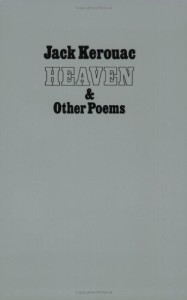 Jack Kerouac – ‘Heaven and Other Poems’ (2001)
Jack Kerouac – ‘Heaven and Other Poems’ (2001)
Jack Kerouac is best known for his fictionalised accounts of his life as a drifter and his chronicling of the Beat generation. This intriguing collection of lesser-known works includes poems, letters and Jack’s thoughts on writing:
“No pause to think of proper word but the infantile pileup of scatological buildup words till satisfaction is gained, which will turn out to be a great appending rhythm to a thought and be in accordance with Great Law of timing.”
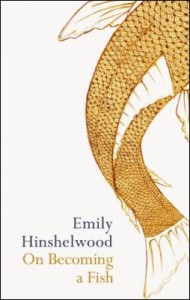 Emily Hinshelwood – ‘On Becoming a Fish’ (2012)
Emily Hinshelwood – ‘On Becoming a Fish’ (2012)
Emily Hinshelwood takes her inspiration for this volume of poems from a series of walks on the 186-mile Pembrokeshire coastal path. She is a fresh, new voice rooted in a timeless landscape:
“At times words need helping out, not savagely, with forceps, but cut carefully, for they are primeval”
(Psychogeographic Review will feature an extended review of this volume in the near future)
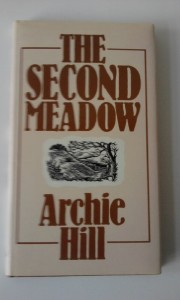 Archie Hill – ‘The Second Meadow’ (1982)
Archie Hill – ‘The Second Meadow’ (1982)
To satisfy a wager, Archie Hill sets out to live alone in the woods for three months with only the most basic tools. The result is this deeply personal reflection on nature and humanity. Hill recounts his life: an impoverished childhood, army, prison, alcoholism and a failing marriage. Observing the life of the creatures of his patch of countryside, he concludes that, like them, most of us choose to confine ourselves to ‘the first meadow’. Only the brave and the reckless venture into ‘the second meadow’ and beyond.
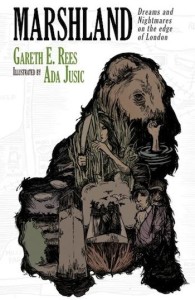 Gareth Rees – ‘Marshland: Dreams and Nightmares on the Edge of London’ (2013)
Gareth Rees – ‘Marshland: Dreams and Nightmares on the Edge of London’ (2013)
Gareth Rees walks the marshes of his East London home with his dog, Hendrix. The result is an accomplished meditation on a landscape and its people. (See elsewhere in this blog for an extended review).
Meanwhile, we were listening to:
 Neil McSweeney – ‘Cargo’ (2013)
Neil McSweeney – ‘Cargo’ (2013)
Meanwhile, in Sheffield, Neil McSweeney ploughs his lonesome furrow of alt-country and folk. His songs can sometimes lurch into sorrow and pain, but Cargo crackles with a life-affirming melodic force:
“Night draw near, quietness come
For the dark and what awaits us there”
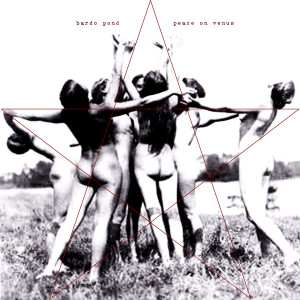 Bardo Pond – ‘Peace on Venus’ (2013)
Bardo Pond – ‘Peace on Venus’ (2013)
From Philadelphia, with love. Bardo Pond’s latest album is another slice of spaced-out psychedelia with droning guitars, reverb and ambient noise. Topping that lot off are Isobel Sollenberger’s soaring voice and her tasty dabs of flute and violin.
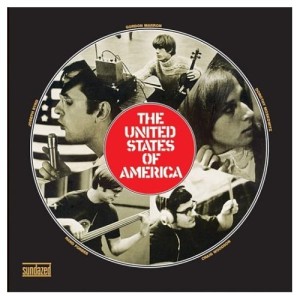 United States of America – ‘United States of America’ (1968)
United States of America – ‘United States of America’ (1968)
United States of America only ever recorded one studio album. But what an album. The overall sound is very trippy, 1960s American psychedelic rock. But this is a bravely experimental album. The band had no guitarist and made use of early synthesisers. They are cited as a major influence by many later electronic doodlers.
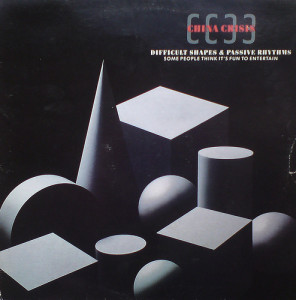 China Crisis – ‘Difficult Shapes and Passive Rhythms’ (1982)
China Crisis – ‘Difficult Shapes and Passive Rhythms’ (1982)
This album reminds me of Liverpool in the late 70s and early 80s: a scene revolving around Eric’s, Left Bank Bistro, Probe Records and News from Nowhere, together with bands like Wah! Heat, Cook da Books and the Wild Swans. China Crisis were two Kirkby lads whose talent and creativity transcended the synth-pop genre.
And watching:
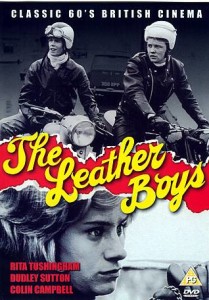 ‘The Leather Boys’ – Sidney J. Furie (1964)
‘The Leather Boys’ – Sidney J. Furie (1964)
Despite the poor quality print of the DVD currently available, this film looks amazing: the bikes and the racing gear are beautiful and Furie makes good use of location footage from the iconic Ace Café and racing on the A1 in the early 1960s. Essentially, this is a gritty, kitchen-sink drama, with bikes. Newly-wed Reggie and Dot fall out and Reggie finds companionship with his closet-gay fellow biker, Pete. But it is a young Rita Tushingham who illuminates the screen whenever she is in shot.
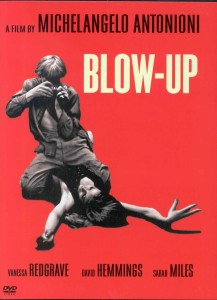 ‘Blow Up’ – Michelangelo Antonioni (1967)
‘Blow Up’ – Michelangelo Antonioni (1967)
Antonioni’s first English-language feature is a journey into the ‘swinging’ London of the 1960s and is, without doubt, one of my favourite films of that era. He suggests that the city’s much-vaunted glamour, fuelled by sex, drugs and music, is an illusory veneer. Beneath that veneer there remains a cold heart of cruelty, casual violence and the exploitation of women. David Hemmings and Vanessa Redgrave are excellent as the two leads, but the star of this film is the visual image: the harder one looks, the less one understands.
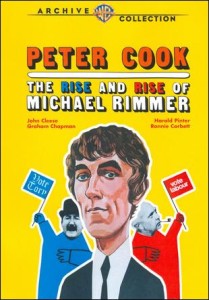 ‘The Rise and Rise of Michael Rimmer’ – Kevin Billington (1970)
‘The Rise and Rise of Michael Rimmer’ – Kevin Billington (1970)
Written by and starring Peter Cook, this film satirises the political class of late-sixties Britain and, in particular, highlights the rise to power of the PR agency and the spin doctor. Despite a cast which includes comic giants such as John Cleese, Graham Chapman and Arthur Lowe, The Rise and Rise of Michael Rimmer provides very few belly laughs. Instead it offers acid wit and sharp political insight.
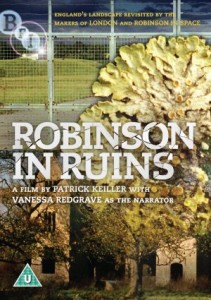 ‘Robinson in Ruins’ – Patrick Keiller (2010)
‘Robinson in Ruins’ – Patrick Keiller (2010)
London and Robinson in Space were, in my opinion, two of the most important films of the 1990s. Charting the City of London’s tightening grip on power under the Thatcher regime, both films consist of long, static shots with narration by Paul Schofield. Thirteen years later Keiller returns with a third film to add to the Robinson trilogy. Stylistically similar to the previous two, Robinson in Ruins focuses on changes to land use in Britain’s towns and countryside. Vanessa Redgrave provides the voice of Robinson’s unnamed companion and narrator.
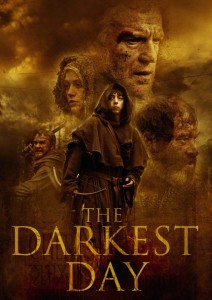 ‘The Darkest Day’ – Chris Crow (2013)
‘The Darkest Day’ – Chris Crow (2013)
A young monk is pursued across Britain by blood-thirsty Vikings as he seeks to deliver the Lindisfarne Gospels from Northumbria into safekeeping at Iona. Despite the constant threat of violence, there is very little sword-fighting action in Chris Crow’s film. Our protagonist’s constant battle, on the other hand, is with the landscape, which is presented as unrelentingly cold, wet and inhospitable. Shot in Wales, the film’s muted tones successfully add to its sombre atmosphere.
